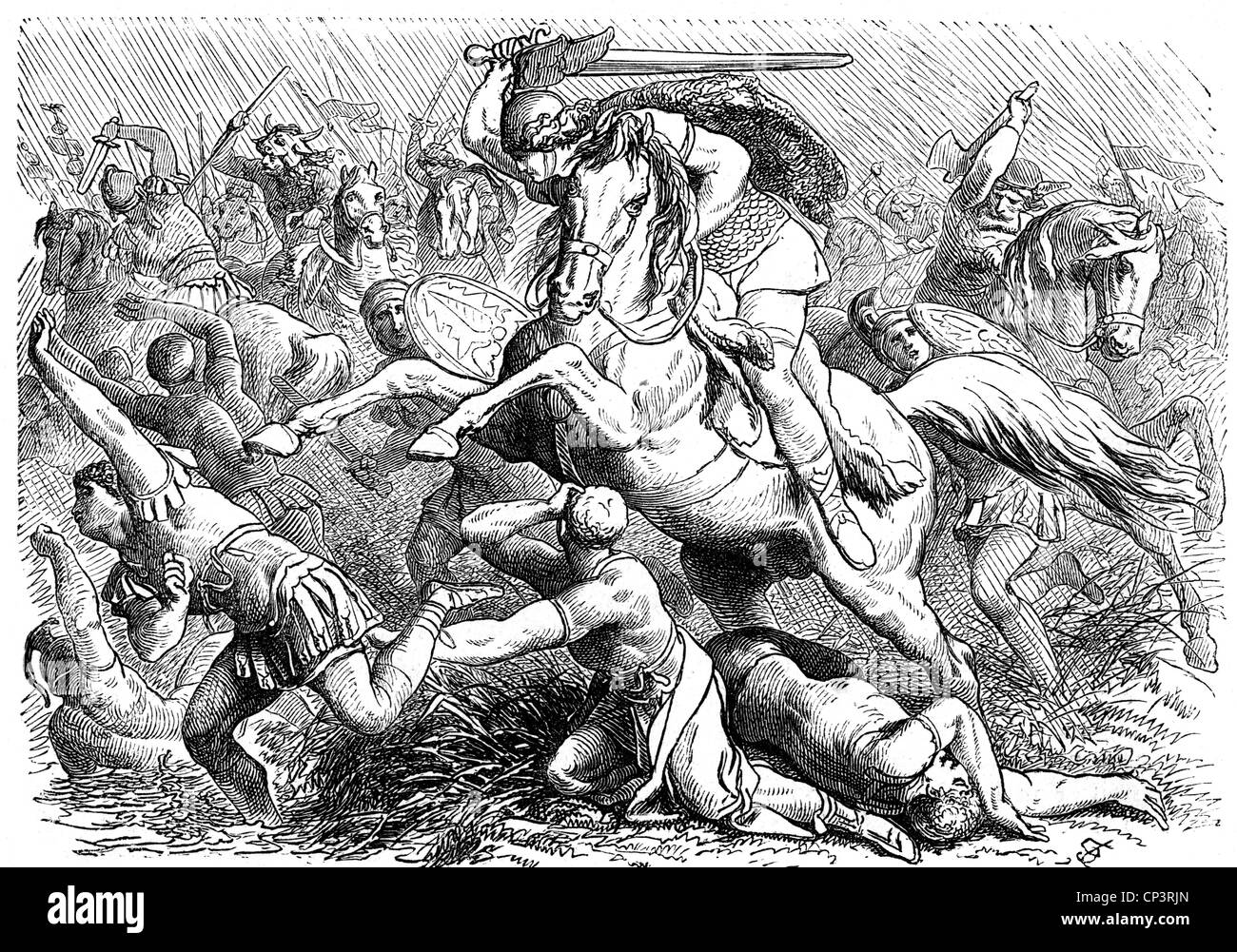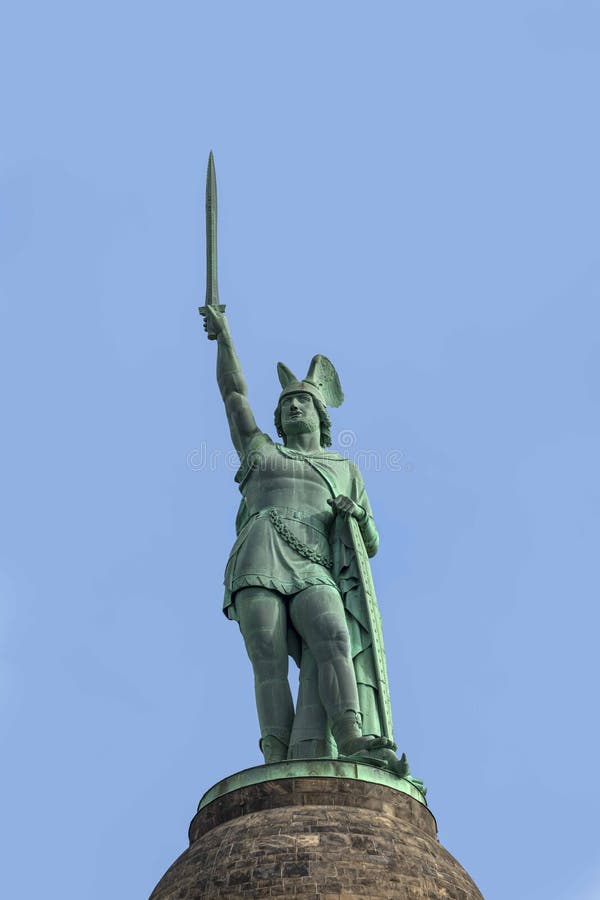
The overly confident Legions of an Imperial Rome would soon meet The. Fought in the year 9 AD, it pitted a vaunted and legendary Army against a resourceful and determined indigenous Peoples, also well known and equally determined to resist enslavement. The Battle of Teutoburg Forest ended in the annihilation of about 20000.Cenotaph of Marcus Caelius, 1st centurion of XVIII, who "fell in the war of Varus" ( bello Variano).The Battle of Teutoburg Forest in Lower Germany rightly deserves it’s place on said List. Hermann (Arminius), a Cheruscan chieftain, negotiated an alliance with Germanic. The Battle of the Teutoburg Forest took place in the Teutoburg Forest of Germany in 9 AD, when an alliance of Germanic tribes led by the Cherusci chief Ariminus ambushed and decisively destroyed three Roman legions under Publius Quinctilius Varus.The loss at Teutoburg Forest was Romes greatest defeat, and it was a turning point in history, as Roman occupation and colonization in Magna.

Contemporary and modern historians have generally regarded Arminius' victory over Varus as "Rome's greatest defeat", one of the most decisive battles recorded in military history, and as "a turning-point in world history". The victory of the Germanic tribes against Rome's legions in the Teutoburg Forest would have far-reaching effects on the subsequent history of both the ancient Germanic peoples and the Roman Empire. The anti-Roman alliance was led by Arminius, a Germanic officer of Varus' auxilia who had acquired Roman citizenship and had received a Roman military education, thus enabling him to deceive the Roman commander methodically and anticipate the Roman army's tactical responses.Despite several successful campaigns and raids by the Romans in the years after the battle, they never again attempted to conquer the Germanic territories east of the Rhine river.
Later in 6 AD, leadership of the Roman force was turned over to Publius Quinctilius Varus, a nobleman and experienced administrative official from a patrician family who was related to the Imperial family. Following their defeat at the hands of Drusus I in 9 BC, the Marcomanni had fled into the territory of the Boii, from which they formed an alliance with the Hermunduri, Quadi, Semnones, Lugians, Zumi, Butones, Mugilones, Sibini and Langobards. After these conquests, he led his army across the Weser.In early 6 AD, Legatus Gaius Sentius Saturninus and Consul Legatus Marcus Aemilius Lepidus led a massive army of 65,000 heavy infantry legionaries, 10,000–20,000 cavalrymen, archers, 10,000–20,000 civilians (13 legions and their entourage, totalling around 100,000 men) in an offensive operation against Maroboduus, the king of the Marcomanni, who were a tribe of the Suebi.

Arminius then spent his youth in Rome as a hostage, where he had received a military education, and even been given the rank of Equestrian. The other two legions in the winter-quarters of the army at castrum Moguntiacum were led by Varus' nephew, Lucius Nonius Asprenas and perhaps Lucius Arruntius.Following the attacks of Drusus I in 11–9 BC, Varus' opponent, Arminius, along with his brother Flavus, had been sent to Rome as tribute by their father, Segimerus the Conqueror, chieftain of the noblest house in the tribe of the Cherusci. These had previously been led by General Gaius Sentius Saturninus, who had been sent back to Rome after being awarded an ornamenta triumphalia. On the Rhine, he was in command of the XVII, XVIII, and XIX legions. While he was feared by the people, he was highly respected by the Roman senate.
Velleius Paterculus also reported that in the years 1–4 AD, there was unrest in Germania. Tacitus wrote that the Chatti were hostile, and subjugated the Cherusci, but were themselves "pacified" between 4 and 6 AD. Trade and political accords between the warlords deteriorated. Between 11 BC and 4 AD, the hostility and suspicion between the Germanic tribes deepened.
Edward Shepherd Creasy writes that "This was represented to Varus as an occasion which required his prompt attendance at the spot but he was kept in studied ignorance of its being part of a concerted national rising and he still looked on Arminius as his submissive vassal. The Teutoburg Forest on a foggy and rainy dayWhile Varus was on his way from his summer camp west of the Weser river to winter headquarters near the Rhine, he heard reports of a local rebellion, reports which had been fabricated by Arminius. Using the collective outrage over Varus' tyrannous insolence and wanton cruelty to the conquered, Arminius was able to unite the disorganized tribes who had submitted in sullen hatred to the Roman dominion, and maintain said alliance until the most opportune moment to strike. These five were some of the fifty Germanic tribes at the time. These included the Cherusci, Marsi, Chatti, Bructeri, Chauci, Sicambri, and remaining elements of the Suebi, who had been defeated by Caesar in the Battle of Vosges.
Arminius then left under the pretext of drumming up Germanic forces to support the Roman campaign. His warning, however, was dismissed as stemming from the personal feud between Segestes and Arminius. Another Cheruscan nobleman, Segestes, brother of Segimerus and unwilling father in law to Arminius, warned Varus the night before the Roman forces departed, allegedly suggesting that Varus should apprehend Arminius, along with other Germanic leaders whom he identified as participants in the planned uprising. Arminius, who accompanied him, directed him along a route that would facilitate an ambush.
Most of these lacked combat experience, both with regard to Germanic fighters, and under the prevalent local conditions. BattlesVarus' forces included his three legions ( Legio XVII, Legio XVIII, and Legio XIX), six cohorts of auxiliary troops (non-citizens or allied troops) and three squadrons of cavalry ( alae). On the basis of Roman accounts, the Romans were marching northwest from what is now the city of Detmold, passing east of Osnabrück after camping in the area, prior to the attack.


 0 kommentar(er)
0 kommentar(er)
